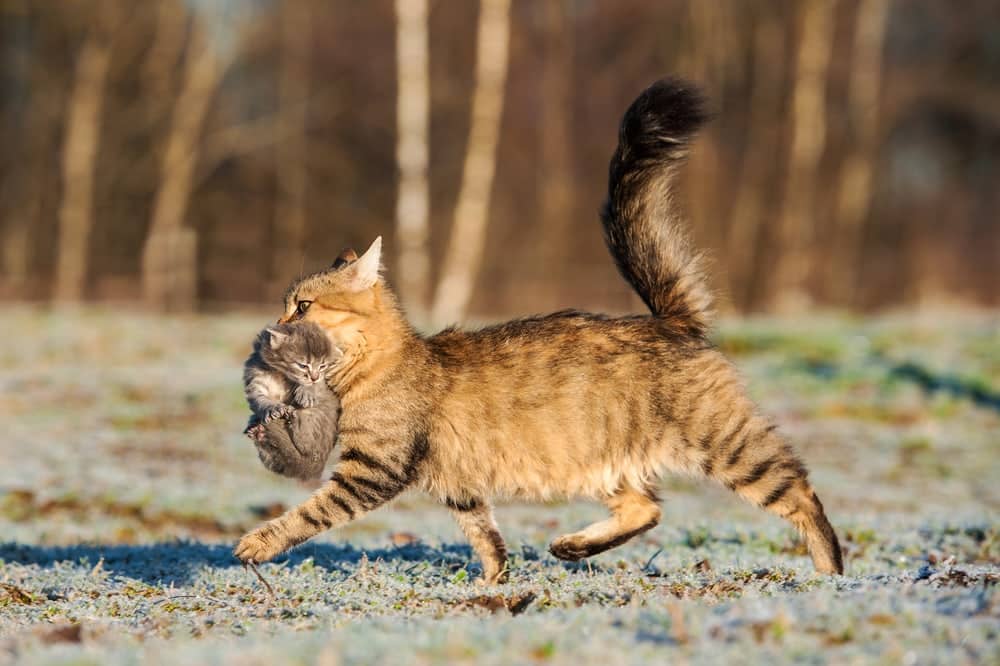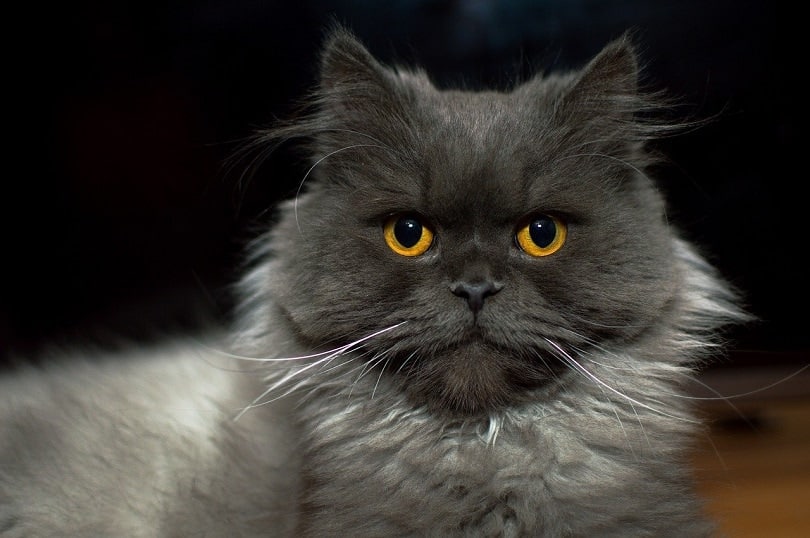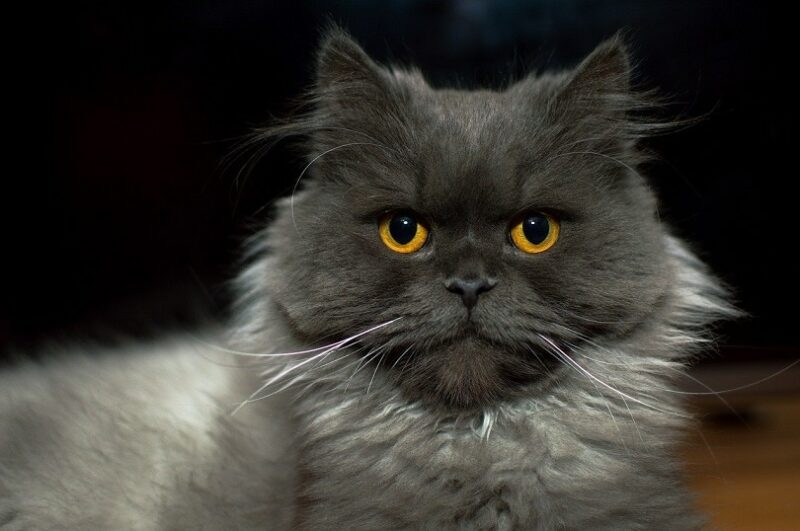Click to Skip Ahead
Do you have a kitten that seems to have mysteriously changed colors? If so, they may have a fever coat. Although “fever coat” may sound scary, it is nothing to worry about and does not harm your kitten.
Although it is natural for all kittens to change color slightly as they mature, a fever coat occurs in kittens whose mothers were ill or on medication while pregnant. The increase in temperature in the mother’s womb caused the kitten’s pigment not to develop properly. Below, we’ll take a closer look at fever coat in kittens.
What Is Fever Coat in Kittens?
A fever coat happens whenever a mother cat has fever-inducing infections, extreme stress, or is on certain medications while pregnant (although this is rare). Whenever the mother has extremely high temperatures, the kitten’s coat does not develop properly within the womb. This is simply because feline coat pigmentation is sensitive to heat.
So, these kittens are typically born with cream, frosted silver-grey, or reddish coats. You can expect the coat to change within a few months to a year after the kitten’s birth.
Does Fever Coat Have Any Negative Side Effects?
The fever coat does not lead to genetic abnormalities, health issues, or anything else you should be concerned about. It merely means that the pigment did not fully develop in the womb and that it must develop after the kitten is born.
Different Types of Fever Coats

Even though the same occurrence causes fever coats (the increased temperature within the womb), there are different types of manifestations of fever coats. Because of how many fever coat types there are, it can be challenging to identify a fever coat in your kitten. Here are the most common types of fever coats.
- All-Over Color – An all-over fever coat has a white, red, or silver coloration. At most, there may be a slight pattern underneath the fever coat that indicates the cat’s natural color for when it matures. For example, an orange tabby can have a cream fever coat with pale stripes. As it matures, its orange coat with replace the cream one.
- Patches – In contrast to all-over color, some fever coats manifest in color patches. Some patches will be the natural color, while others will be the fever coat colors. A brown tabby can have a normal head, paws, and tail, but their belly may be touched with fever coat colorations.
- Stripes – One of the rare manifestations of fever coats is dorsal stripes. These stripes are typically parallel and colored white, gray, or red on their back. The stripes are similar to a tabby cat’s dorsal stripe pattern, but they go away with age.
Fever Coat vs Color Points
It is essential to point out that fever coats are not the same as undeveloped colors. Siamese, Himalayan and other color-pointed cats have undeveloped colors because of enzymes. These enzymes cause the color to only develop in temperatures below 100 °Fahrenheit (37.8°C), which is less than the womb’s natural temperature. Thus, color-pointed cats are born solid cream with color points at their coolest regions.
In contrast, a fever coat has nothing to do with enzymes and tells you that the mother cat was sick. There is nothing abnormal or wrong with the kitten.
Meet a Kitten with Fever Coat
Do you want to meet some cats with fever coats? Meet Bruce!
Bruce the Cat
Bruce the Cat is one of the most famous cats with a fever coat. Because of his blog, Bruce is known throughout the internet for his striking good looks and outrageous personality. As you can see, Bruce was born with an all-over gray fever coat. Now that he is mature, he has a stunning jet-black coat instead. He’s still incredibly handsome!
Conclusion
A fever coat is a phenomenon where the kitten’s coat does not fully develop in the womb because the kitten’s mother has a fever. Most kittens will shed their fever coat when they are 4 or 5 months old. Beyond this magical color-changing ability, the fever coat has no other effect on the kitten, and they will grow up happy and healthy!
Featured Image Credit: aruba85, Pixabay














